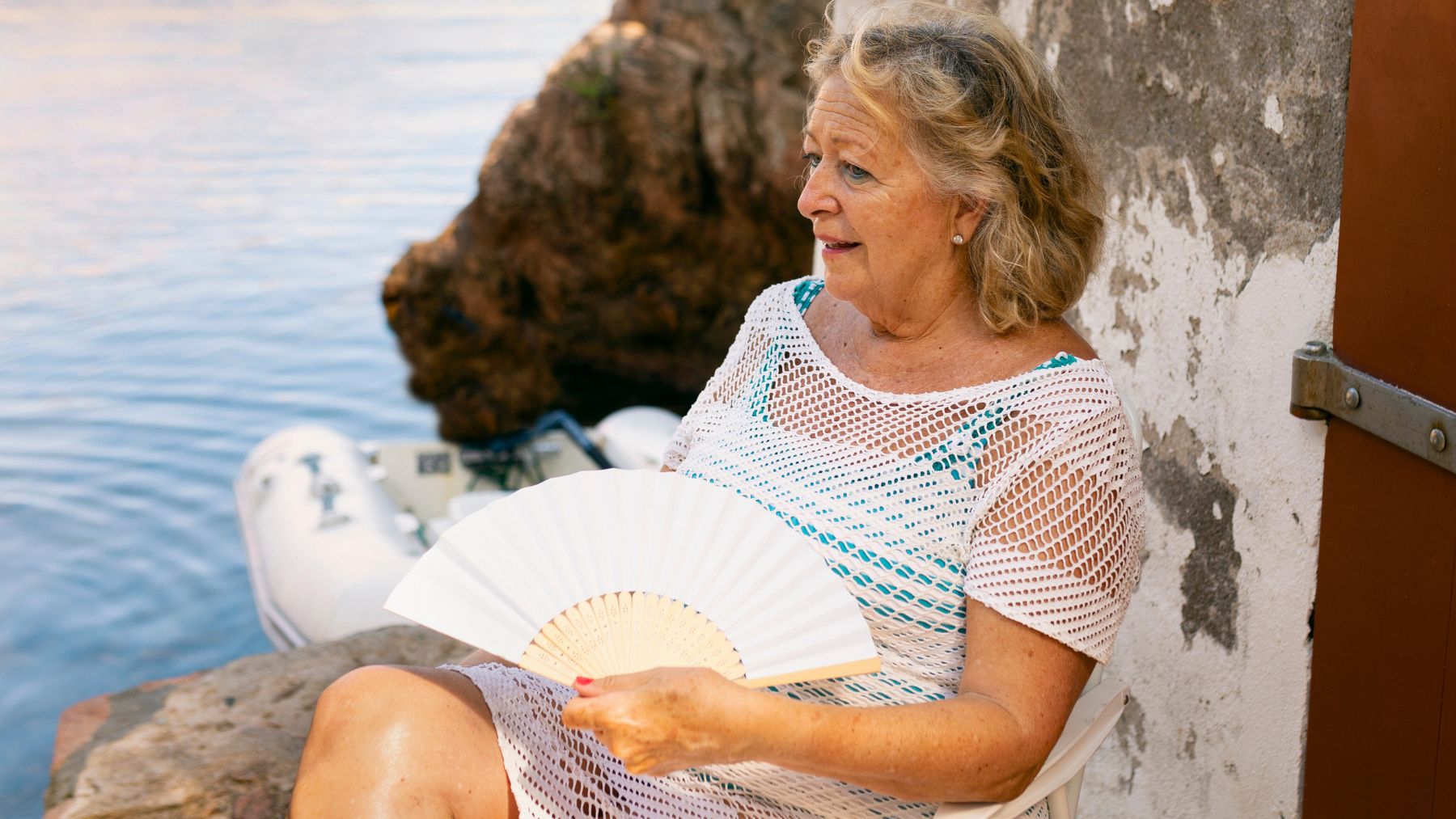It might seem like a fan is always a safe bet for cooling down in summer. However, new research suggests that under certain conditions, it can have the opposite effect, particularly for older adults in extremely hot and dry weather.
A team led by the Montreal Heart Institute found that when the air is extremely hot and dry, fan use can raise core body temperature in people over 65. The study, published in JAMA Network Open, looked at how fans and skin wetting affect heat stress, comfort, and sweating in older adults. Let’s explore what the researchers discovered and what it means for staying safe during heat waves.
What the study found about fan use during dry heat in seniors
The researchers tested 58 adults aged around 68 years, including 27 with heart disease, in controlled climate chambers. They compared two extreme conditions: hot and humid at 100 °F (38 °C) with 60% relative humidity, and hot and dry at 113 °F (45 °C) with 15% humidity.
In the humid environment, using an electric fan led to a small drop in core temperature—about 0.1 °C—and improved both comfort and thermal sensation. Participants also sweated more, which helped cool the body. When fan use was combined with skin wetting, perceived comfort improved the most.
The results flipped in the dry heat scenario. At 45 °C and low humidity, fan use increased core temperature by 0.3 °C and made people feel hotter and less comfortable. Sweating went up sharply, increasing the risk of dehydration without delivering relief. In these conditions, skin wetting alone worked better, reducing sweat loss and making participants feel cooler.
These findings align with CDC advice, which warns against fan use when indoor temperatures exceed 90 °F. In dry, extreme heat, airflow can speed up heat gain instead of cooling, particularly in vulnerable groups like older adults.
How can seniors stay cool safely in extreme heat
This study shows that cooling strategies need to match the weather conditions. In hot, humid weather, fans can help. In hot, dry conditions, they may backfire. Skin wetting, however, proved useful in both. Here are practical steps based on the research:
- Check the weather before choosing your cooling method. If it’s over 90 °F and humid, a fan can help. If it’s very hot and dry, skip the fan.
- Use skin wetting to boost cooling. Applying water to the skin with a spray bottle, a damp cloth, or a sponge can improve comfort and reduce heat strain.
- Stay hydrated. Higher sweat rates mean greater fluid loss. Drink water regularly, even if you don’t feel thirsty.
- Avoid strenuous activity during peak heat. This reduces the strain on your body when it’s already working to cool itself.
- Wear light, loose-fitting clothing. This allows sweat to evaporate more effectively, helping your body cool down.
Fans can help older adults stay cool, but only when the air is hot and humid. In very hot, dry conditions, they can make things worse. Skin wetting is a simple, inexpensive method that works in both settings, helping reduce stress on the body without adding to dehydration risk.

